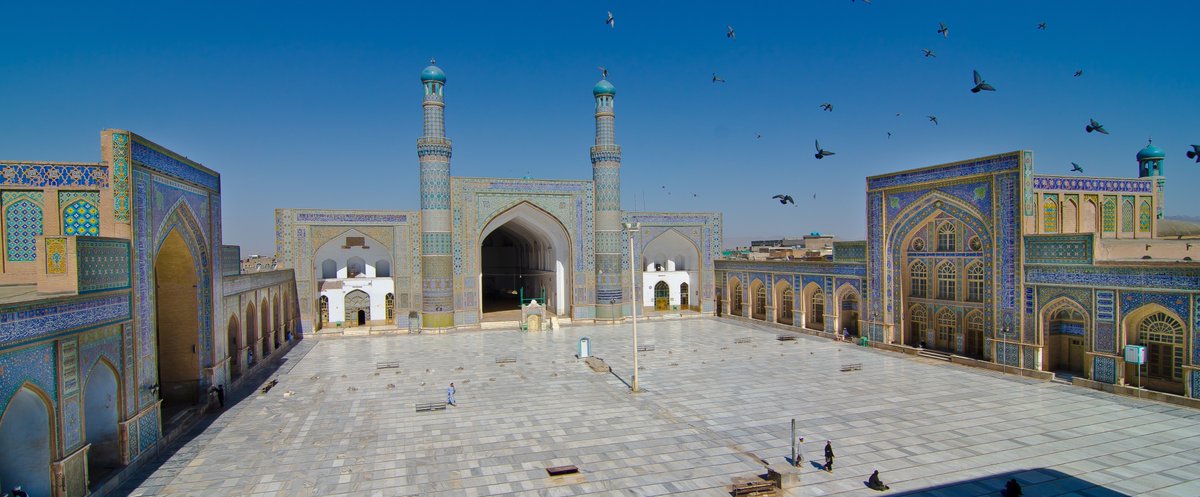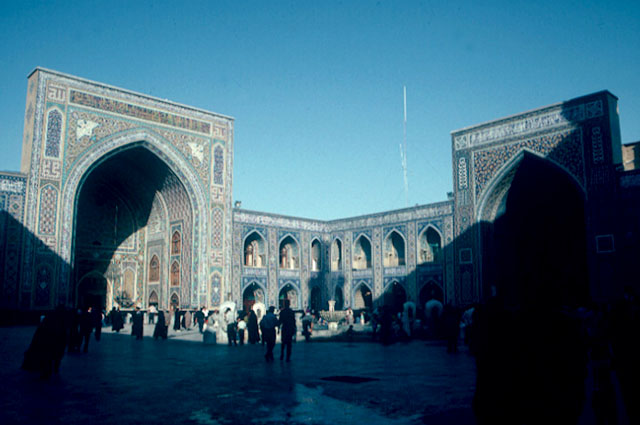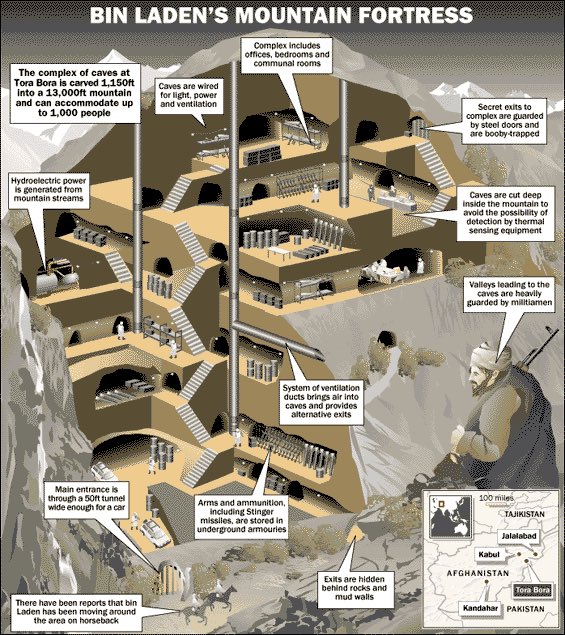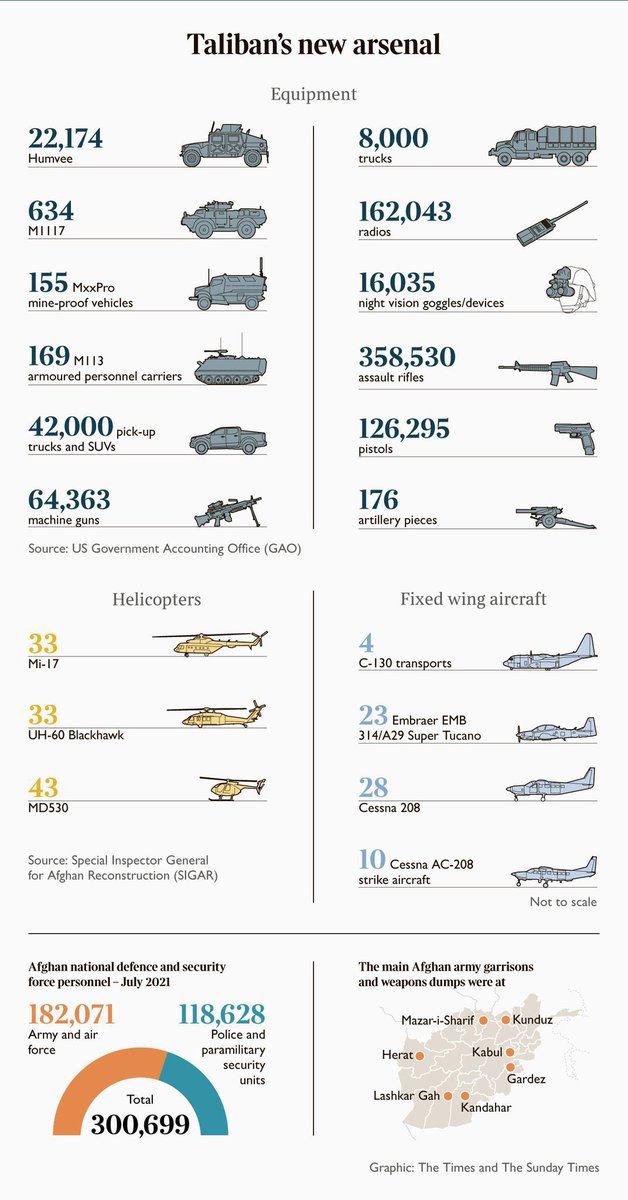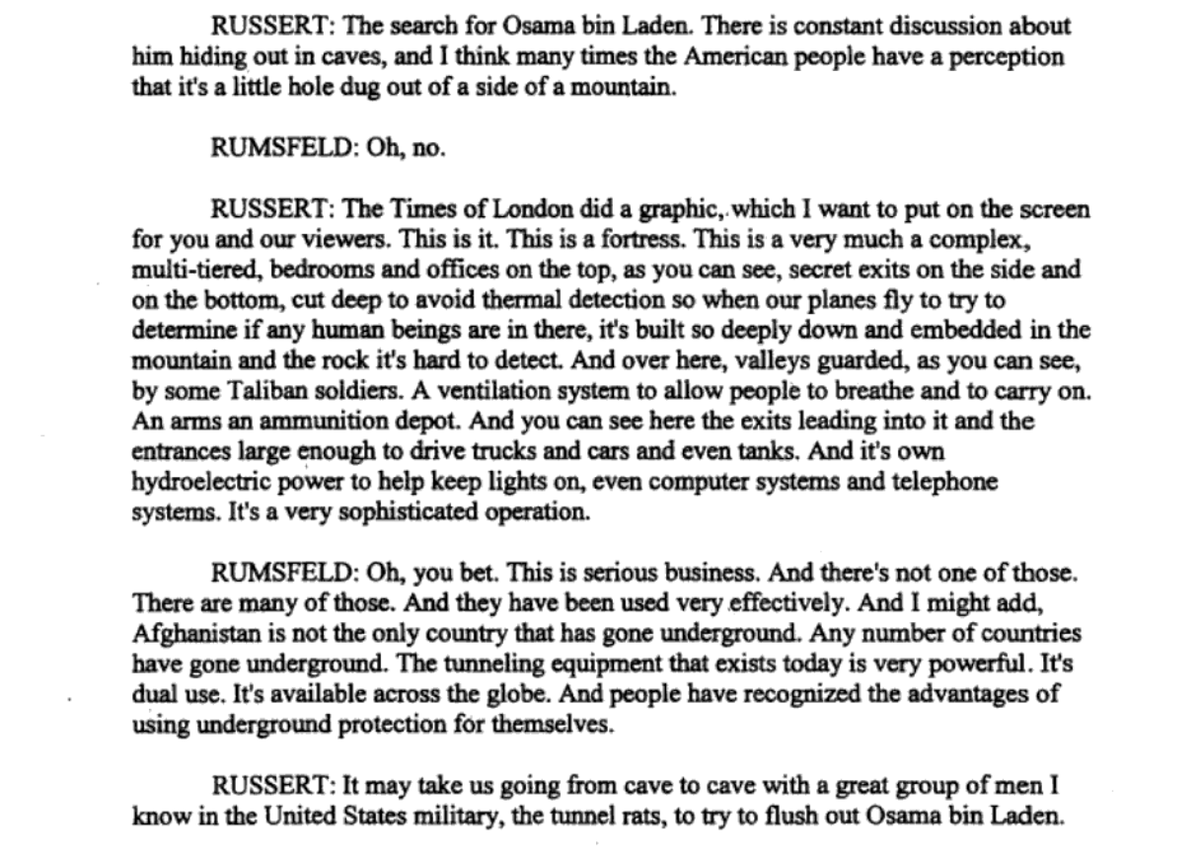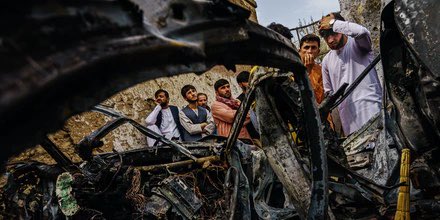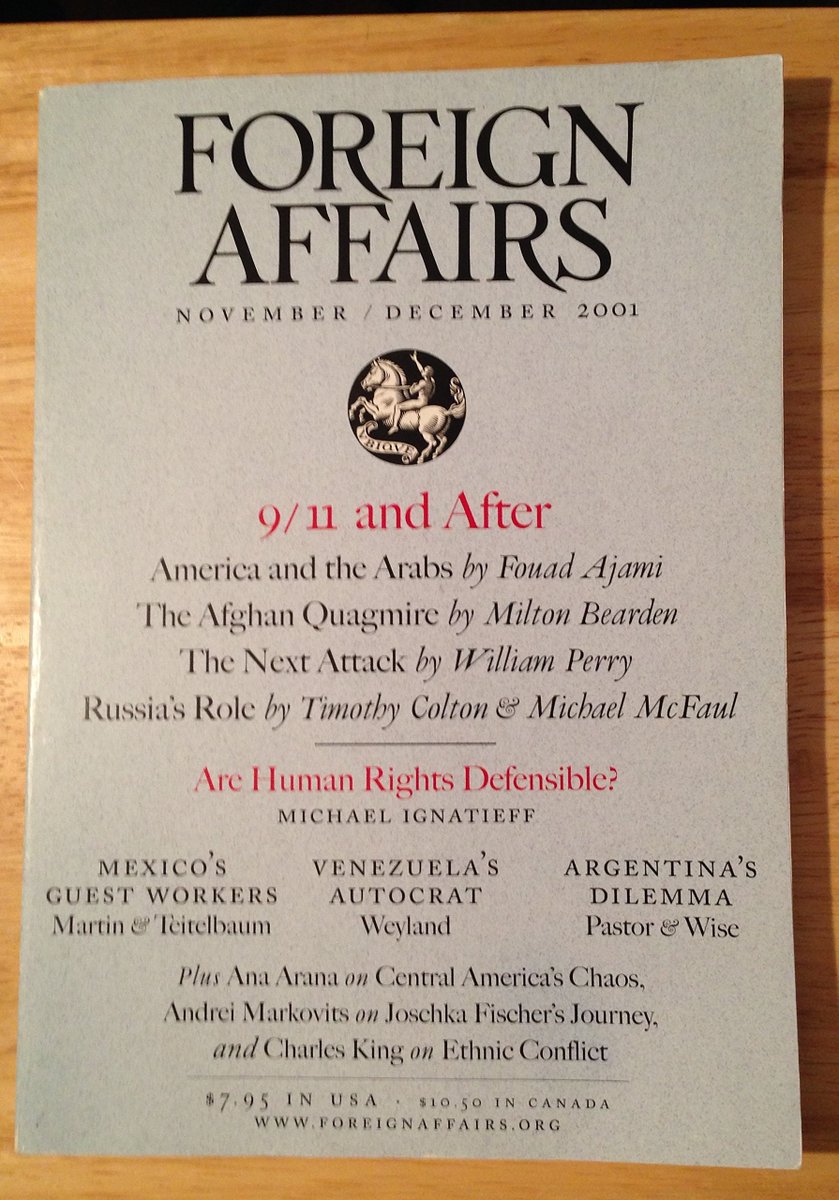Another example of lazy stereotypes informing policy discourse. Far from being the graveyard of empires, Afghanistan was both conquered by and made the capital of a number of important dynasties, a few examples:🧵
https://twitter.com/SteveSchmidtSES/status/1415429331468365829
1/ Kushans (30-350 AD): a Buddhist Greek-influenced empire that ruled over parts of Afghanistan, Central Asia, and North India from its capital at Bagram (of airbase fame) before being conquered by the Sasanians. They traded with Rome, Persia, India, Ethiopia, and China. 


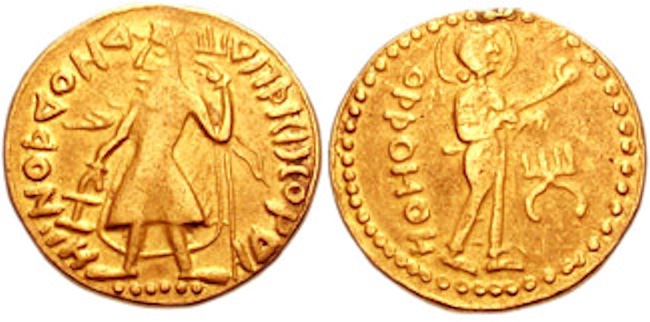

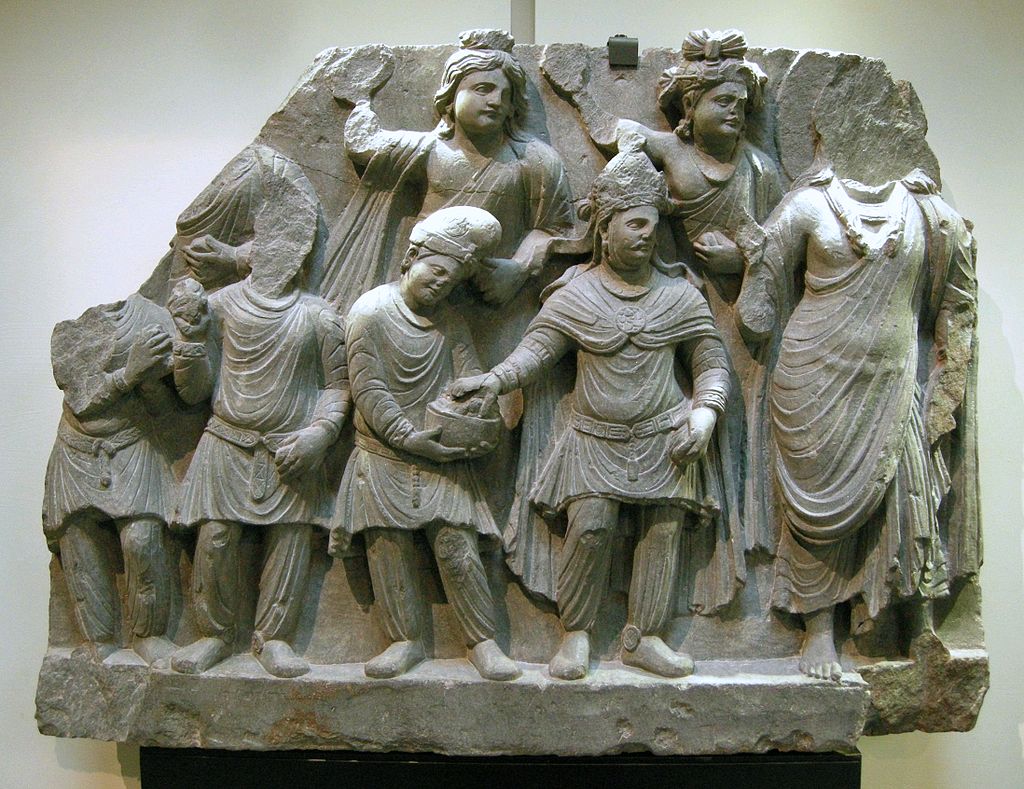
2/ Samanids (819-999 AD): Persian satraps of the Abbasid Caliphs. They ruled most of Afghanistan (which was then part of Khurasan province) from their capital, Bukhara. Patrons of art and science, Firdawsi began composing the great Persian epic, the Shahnameh, during their reign! 



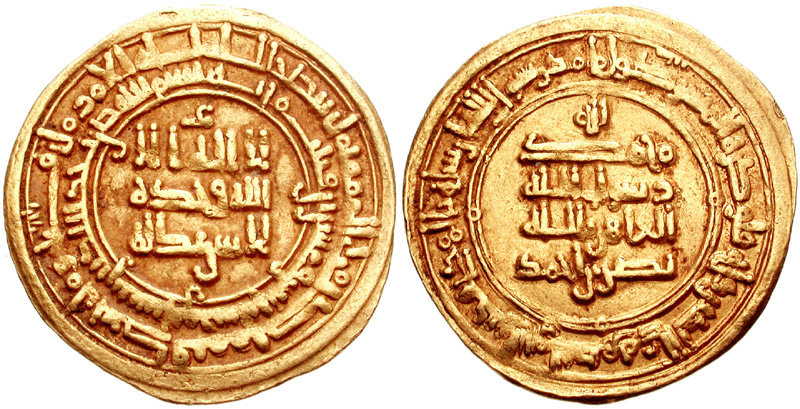
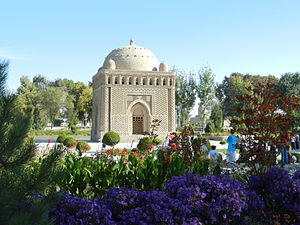
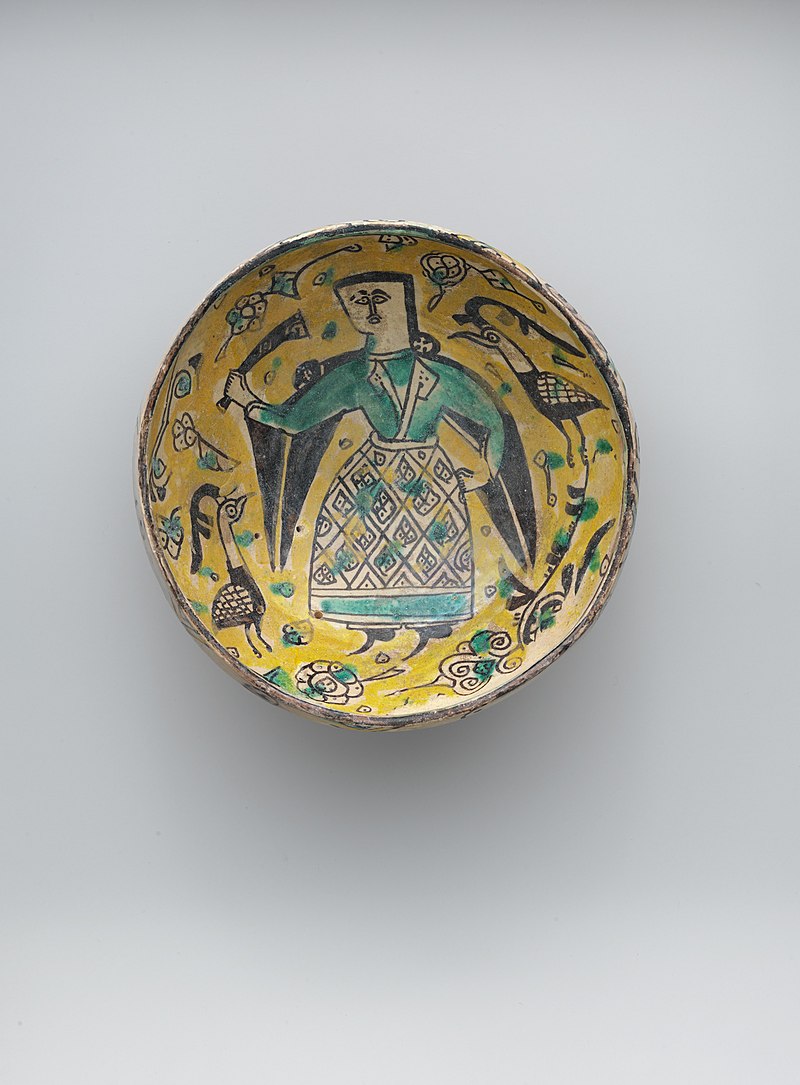
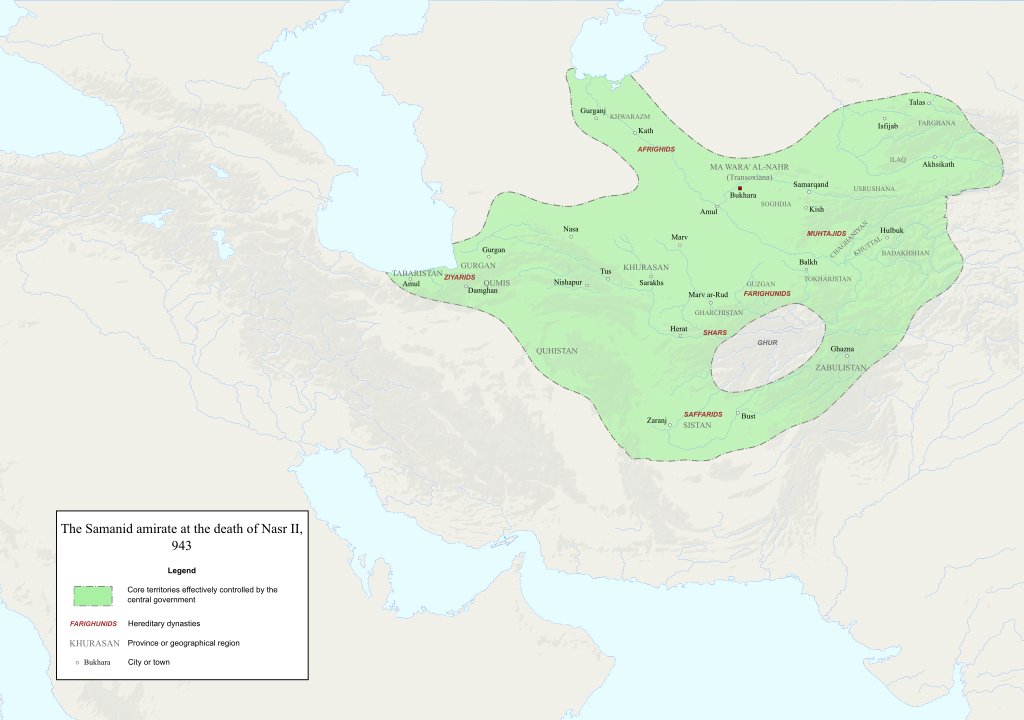
3/ Ghaznavids (977–1186 AD): A Persianised Turkic military dynasty who ruled Iran, Afghanistan, Central Asia, and Northern India from their capital, Ghazni. Also patrons of the arts, Persian literature flourished under their auspices. 





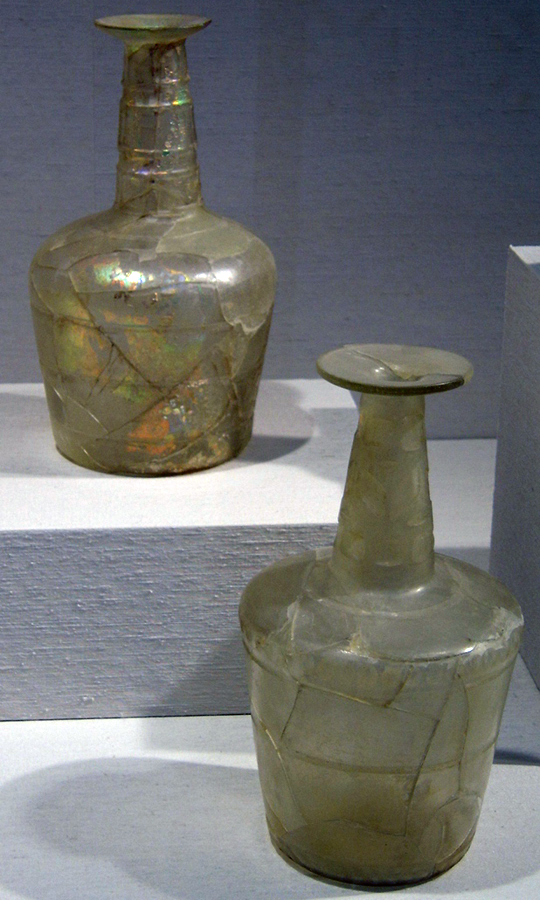
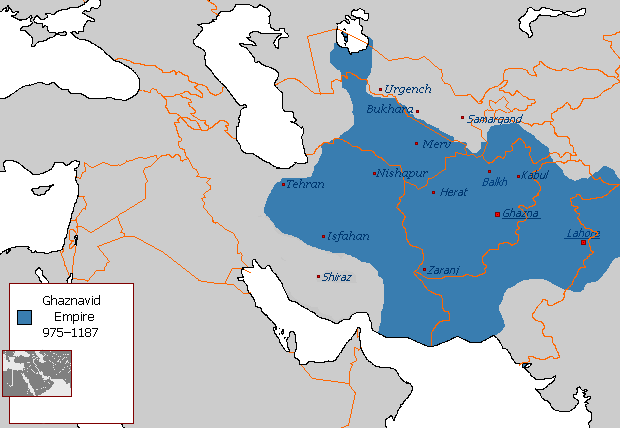
4/ Gurids (1186-1215 AD): Buddhist converts to Islam who overthrew the Ghaznavids and expanded their territories. For such a short-lived dynasty, their architectural achievements are impressive. They built the towering Minaret of Jam, a UNESCO World Heritage Site! 

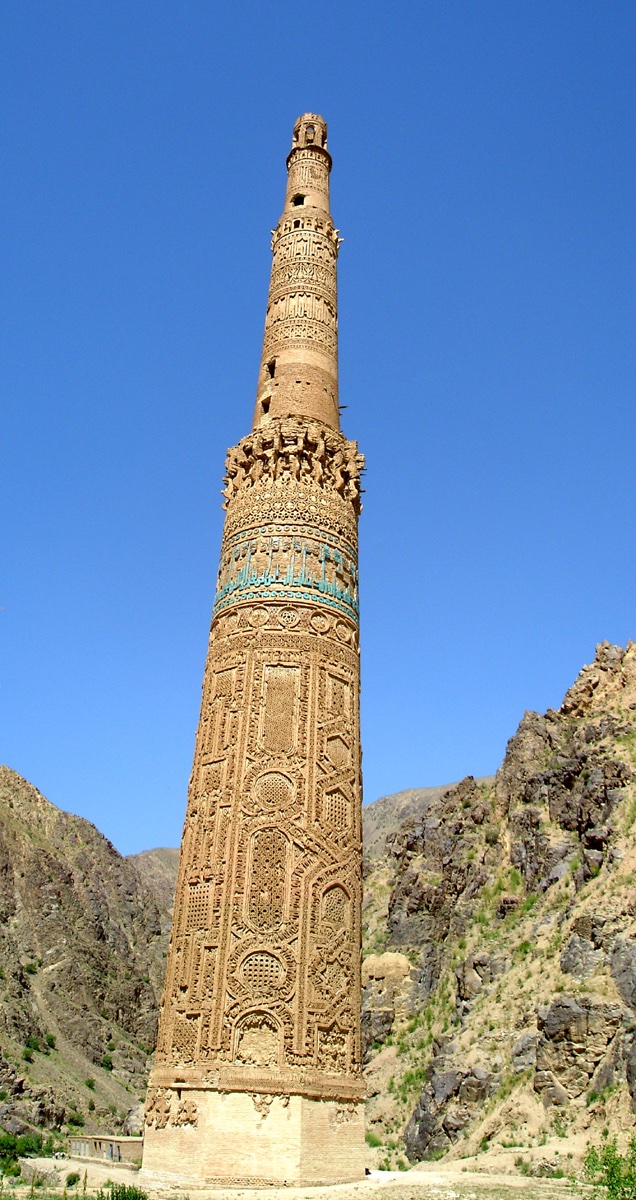
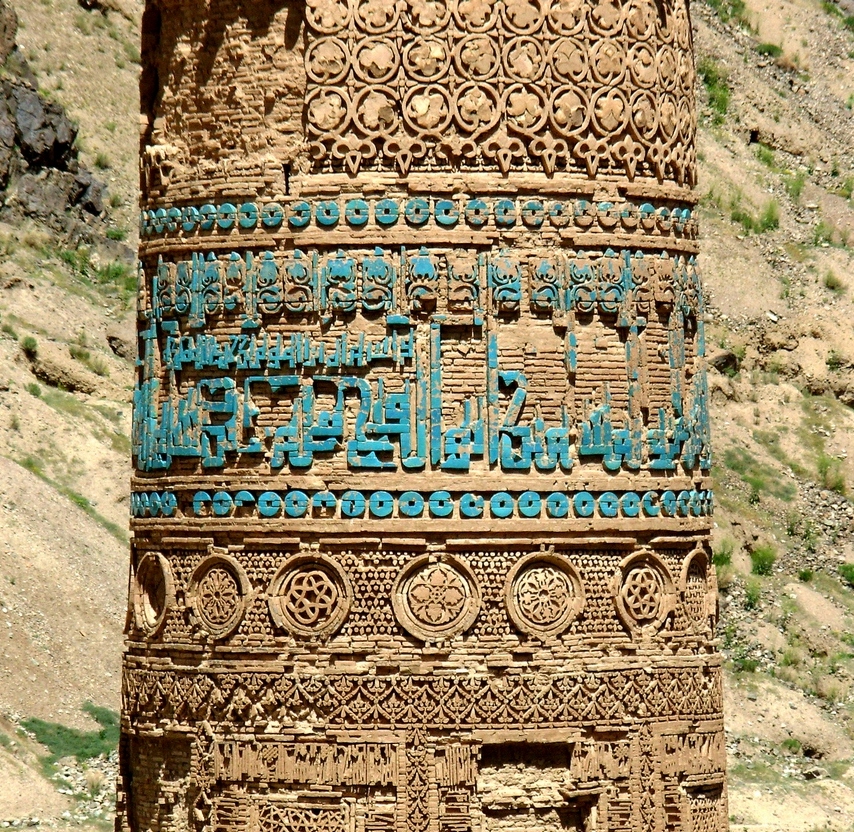
5/ Khwarazmshahs (1077-1221) / A Persian Turkic dynasty that ruled over expansive territories in Iran, Central Asia, and Afghanistan before provoking and being annihilated by the Mongol Invasion! 
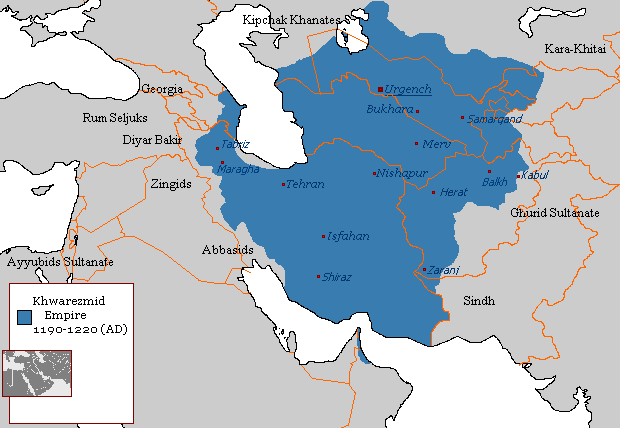
6/ The Mongol Invasion of Afghanistan (1221) was especially bloody and destructive. Genghis Khan's grandson was killed besieging Bamyan. In revenge, the Mongols levelled the city and massacred its people. Herat and other major cities suffered the same fate. Millions perished. 

7/ Kartids (1245-1389): A Persian dynasty who ruled Khurasan, first as Mongol vassals, then independent rulers, before Timurs conquests. They did much to rebuild after the devastation of the Mongol invasion. Their capital, Herat, was an important economic and intellectual centre. 


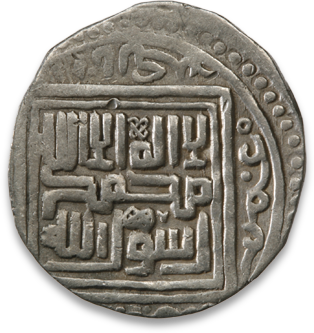
8/ Timurids (1370-1526): Timur's son and successor Shahrukh made Herat the capital of his empire, and the city flourished into a vibrant centre of culture and learning. I recently did a thread on this!
https://twitter.com/Alex_Khaleeli/status/1413410461094141952
9/ Post-1526, Afghanistan was part of the Safavid, Uzbek, and Mughal empires, and the modern era has brought new challenges. But, as you can see, it has *never* been "primitive" or a "graveyard of empires," so let's stop using the past to excuse the failures of the present! /END 



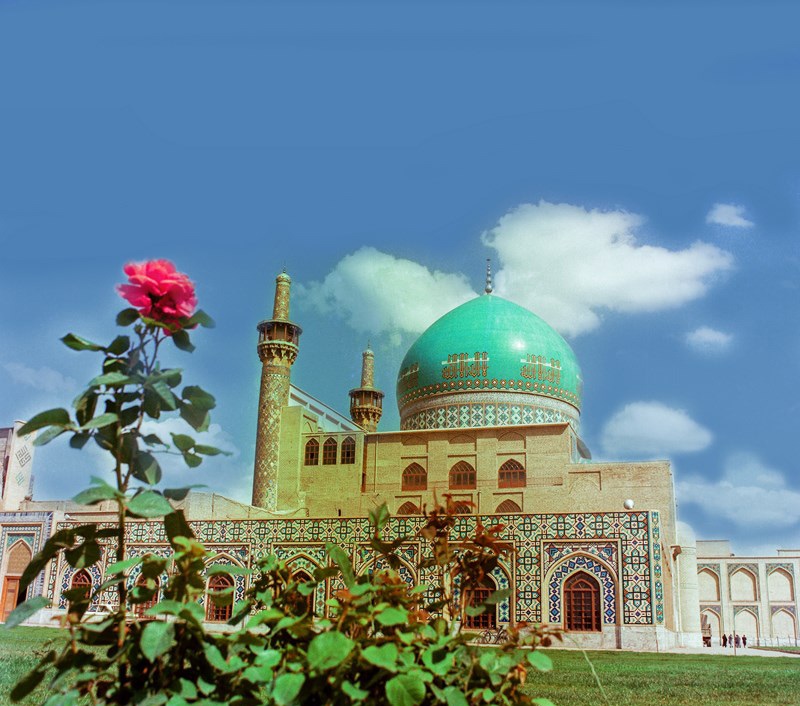

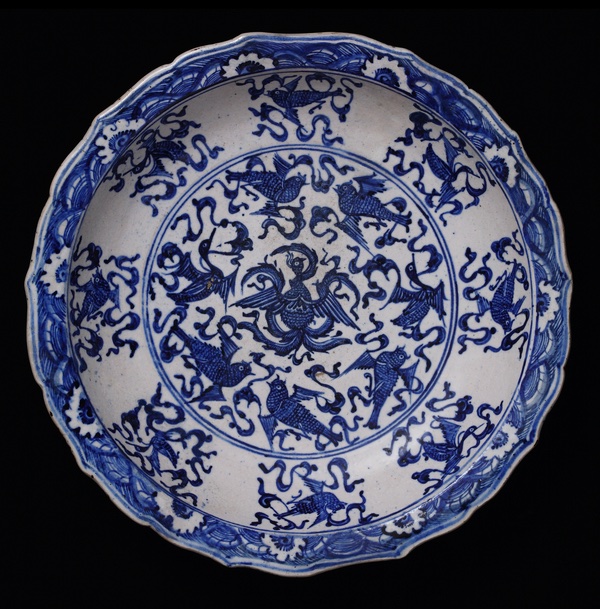
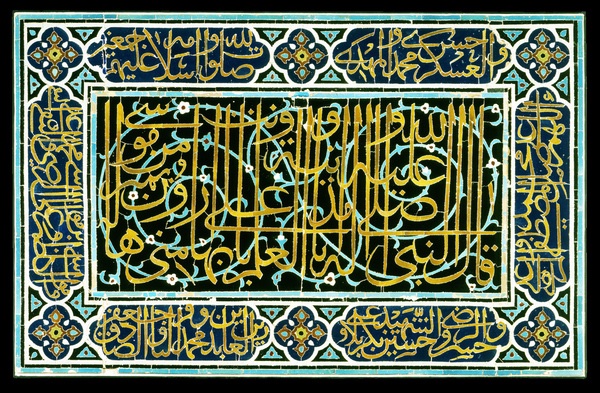
Sources for images: Wikipedia and the David Museum Collection (davidmus.dk).
And now for yet another round of shameless self-promotion! @sasanianshah @katherineschof8 @FuchsiaHart @gypsy_heart6 @PlumasDeSimurgh @JonnyLawrence10 @RachelSchine @peterfrankopan
• • •
Missing some Tweet in this thread? You can try to
force a refresh



